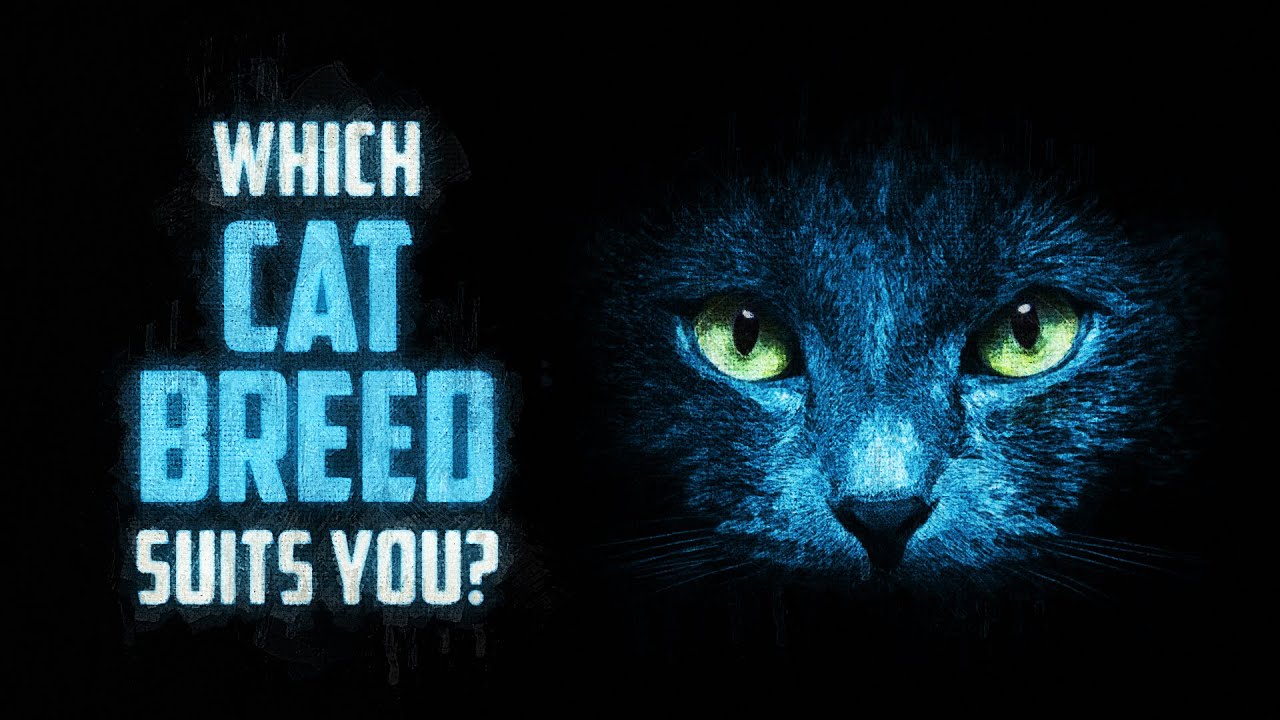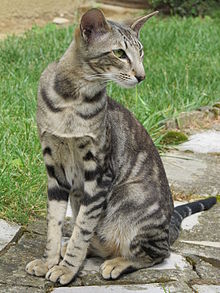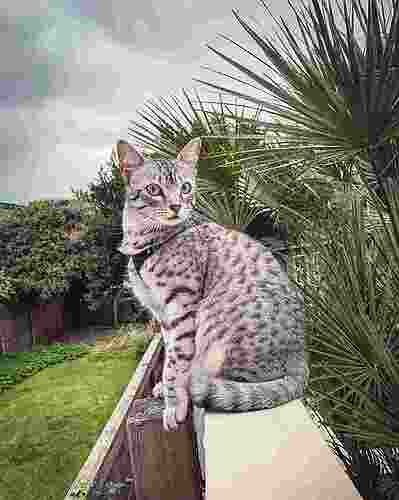.
7 Of The Most Expensive Cat Breeds In The World
There are 73 recognised cat breeds in the world. Out of these 73, there are many cat breeds with a higher price tag than others. Here is a list of the top 7 most expensive cat breeds in the world.
In this article, we will take a look at 7 of the most expensive cat breeds in the world, highlighting their unique characteristics and why they command such a high price. From the exotic Savannah to the regal Egyptian Mau, these cats are sure to impress even the most discerning feline lover.
So, without further ado, let’s dive in and discover the most luxurious cat breeds money can buy.
Related | The TOP 10 Cat Breeds
Top 7 Most Expensive Cat Breeds In The World
7. Egyptian Mau Cat | $900–$1600
Source: Daily Paws
The Egyptian Mau is a breed of domestic cat that is considered one of the oldest natural breeds of cats. They are known for their distinctive “mau” (Egyptian for cat) markings, which are usually black or silver, and their short, glossy coats. They are also known for their athletic and agile bodies, which allow them to run at high speeds. They are known for their intelligence, affectionate nature, and loyalty to their owners, and are considered one of the most trainable breeds of cats. The Egyptian Mau is considered a rare breed, so it can be quite costly to purchase. They are also known for their hunting skills, making them a great companion for people who have mice or rat issues.
6. Siberian Forest Cat | $600–$2000
Source: Cats Breed list
The Siberian Forest cat, also known as the “Siberian,” is a large, semi-longhaired domestic cat breed that originated in Russia. They have a thick, soft, and fluffy coat that comes in a variety of colours, including black, white, red, and tabby. They have large, expressive eyes, and strong, muscular bodies. They are known for their friendly and affectionate personalities. They are also known for their intelligence, playful and curious nature, and good hunting skills.
5. Scottish Fold Cat | $800–$2000
Source: Pets World
Scottish Fold cats are one of the fluffiest and most expensive cat breeds. These cats are not as common as other breeds, which drives up their price. They are domestic cat breeds that are known for their unique folded ears, which give them a distinctive “owl-like” appearance. They have a medium-to-large body and a round head. They have a wide variety of coat colours and patterns and can have both short and long hair.
4. Bengal Cat | $1800–$3000
Source: Bubbly Pet
The Bengal cat is a domestic cat breed that is characterised by its distinct, wild-looking coat and its energetic and playful personality. They have a unique appearance, with a coat that can have spots, rosettes, or marbled patterns in a variety of colours. They are known for their intelligence, curiosity, and affectionate personalities, and can make great pets for families.
Bengal cats can be considered expensive for a few reasons. One reason is the cost of breeding, as breeding a Bengal cat requires specific genetic combinations and can be a complex process. The Bengal cat is a purebred cat with specific, unique characteristics and unique appearance that tends to be more expensive than other domestic cats
3. Khao Manee Cat | $7000–$11,000
Source: Cat Breeds List
The Khao Manee is a rare, ancient cat breed from Thailand. They are known for their distinctive, pure white coats and bright, piercing blue eyes. They have a short, smooth coat that requires minimal grooming. They have a strong, athletic build and a graceful, elegant appearance. They are known for their affectionate personalities and are considered to be intelligent and easy to train.
The Khao Manee is considered a royal cat in Thailand, and it was once kept only by the Thai royal family and noblemen. They were also considered sacred and believed to bring good luck and prosperity. Due to their rarity and unique appearance, they can be considered expensive. They are not as well-known as other cat breeds and are not as widely available, which can also contribute to their higher cost.
2. Savannah Cat | $12,000-$50000
Source: Bubbly Pet
The Savannah cat is considered the second most expensive cat breed in the world, with prices reaching up to $50,000 or more. This is due to its rarity and the fact that it is a hybrid breed, created by breeding a domestic cat with an African Serval. The Savannah cat is known for its wild, exotic appearance, large size, and friendly personality. Additionally, Savannah cats are highly active and have a very sociable nature, which makes them great companion animals. They also have a unique appearance, with striking spots, big ears, and long, slender bodies, which makes them highly sought after by cat enthusiasts. Furthermore, Savannah cats are considered a new breed, as they are relatively new to the domestic cat breeding world. All these reasons, combined, make it a very expensive breed.
1. Ashera Cat | >$125,000
Source: Kickass Facts
The Ashera cat is considered the most expensive cat breed in the world, with prices reaching up to $100,000 or more. This is due to its rarity and the fact that it is a hybrid breed, created by breeding an African serval, an Asian leopard cat, and a domestic house cat. The Ashera cat is known for its wild, exotic appearance and large size, and is considered a status symbol among cat lovers. Additionally, due to the breeding process, the breeding of Ashera cats is not very common and is only done by a few breeders, which also contributes to its extremely high cost.



















